Table of Contents
- Introduction: What Is a Chipotle Chili?
- Smoking Hot: The Flavor Profile of a Chipotle Chili
- Chili Comparison: Chipotle vs. Other Chilies
- Cooking with Chipotle: Tips and Tricks
- Buying Guide: How to Choose the Best Chipotle Chili
- Frequently Asked Questions About Chipotle Chili
- Conclusion: Embrace the Smoky Magic of Chipotle
Introduction: What Is a Chipotle Chili?
A chipotle chili is a smoked and dried jalapeño pepper that delivers a unique smoky, sweet, and moderately spicy flavor. According to the USDA Food Database, chipotle peppers are produced by smoking and drying fully ripe red jalapeños, resulting in a distinct flavor profile with a Scoville heat range of 2,500 to 8,000 units.
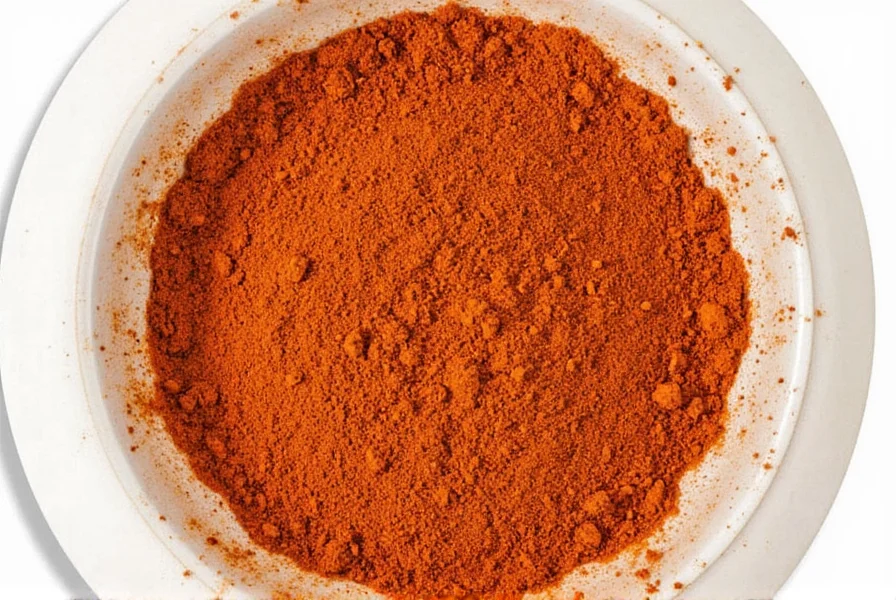
Chipotle peppers are a staple in Mexican cuisine and have gained global popularity for their complex flavor. Unlike fresh jalapeños, which are green and have a bright, grassy taste, chipotles undergo a smoking process that transforms their flavor profile while preserving their heat characteristics.
Smoking Hot: The Flavor Profile of a Chipotle Chili
The key to understanding chipotle chili lies in its flavor profile. It’s more than just spicy—it’s complex, layered, and full of depth. Here’s what you can expect when you bite into a chipotle:
- Smokiness: The smoking process adds a rich, woodsy aroma that lingers on your tongue.
- Spiciness: While not the hottest chili, chipotle packs a punch—usually between 2,500 to 8,000 Scoville Heat Units (SHU).
- Sweetness: The natural sugars in the jalapeño caramelize during drying, giving it a subtle sweetness.
- Earthy Notes: There’s a grounding, earthy undertone that complements the smokiness perfectly.
According to culinary experts at America’s Test Kitchen, chipotle is often used in dishes where you want bold, deep flavors without overwhelming heat—making it the unsung hero of Mexican cuisine.
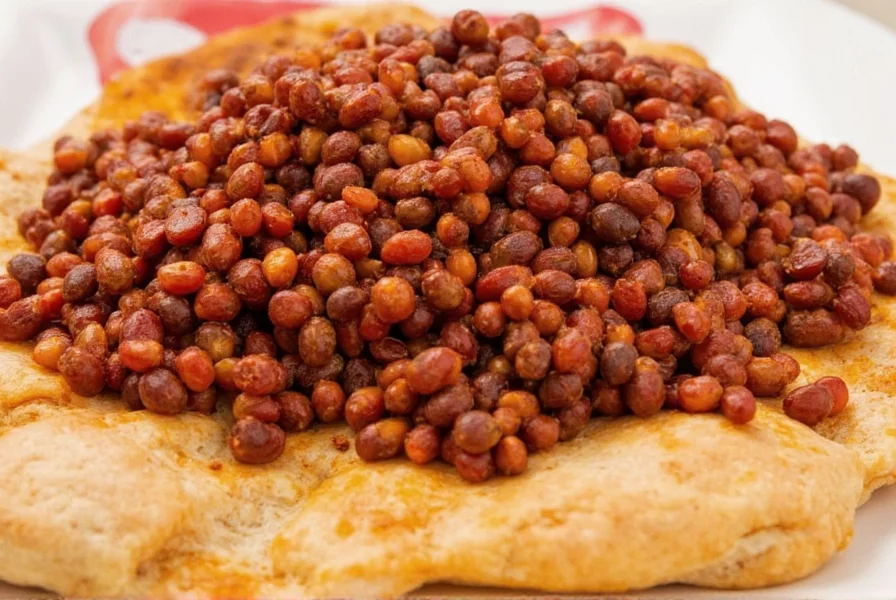
Chili Comparison: Chipotle vs. Other Chilies
To truly appreciate chipotle, it helps to compare it with other popular chilies. Here’s a quick table to help you understand how chipotle stacks up:
| Chili | Heat Level (SHU) | Flavor Profile | Common Uses |
|---|---|---|---|
| Chipotle | 2,500–8,000 | Smoky, slightly sweet, earthy | Mexican sauces, stews, marinades |
| Jalapeño | 2,500–8,000 | Peppery, grassy, slightly sweet | Salads, salsas, stuffed peppers |
| Ghost Pepper | 800,000–1,041,427 | Extremely hot, fruity, citrusy | Spicy snacks, hot sauces |
| Ancho | 1,000–1,500 | Winy, sweet, mild | Moisture-rich dishes, enchiladas |
| Poblano | 1,000–1,500 | Earthy, nutty, mild | Stuffed peppers, sauces, soups |
As you can see, chipotle shares a similar heat range with jalapeños but brings a much more intense smoky flavor. Unlike the ancho or poblano, it doesn’t offer the same level of sweetness or mellow notes. And compared to ghost peppers, it’s practically a walk in the park.
Cooking with Chipotle: Tips and Tricks
Whether you’re a seasoned chef or a home cook looking to elevate your meals, chipotle can be a game-changer. Here are some practical tips for using it in your kitchen:
- Use it in sauces: Chipotle is a staple in many Mexican sauces like adobo, which is used in everything from tacos to grilled meats. According to Serious Eats, chipotle adobo sauce is the foundation of authentic Mexican flavors.
- Add it to stews and soups: The smoky flavor pairs well with beans, potatoes, and even chicken or beef.
- Make a chipotle marinade: Blend it with olive oil, garlic, and lime juice for a zesty, smoky marinade for fish or chicken.
- Crush it for seasoning: Use crushed chipotle powder to season roasted vegetables, eggs, or even popcorn.
- Experiment with it in desserts: Believe it or not, chipotle can add a unique twist to chocolate-based desserts. Just be careful with the amount!
One of the most popular uses of chipotle is in adobo sauce, a tangy, smoky sauce made by blending chipotle peppers with vinegar, garlic, and spices. It’s a must-have in any Mexican-inspired dish.
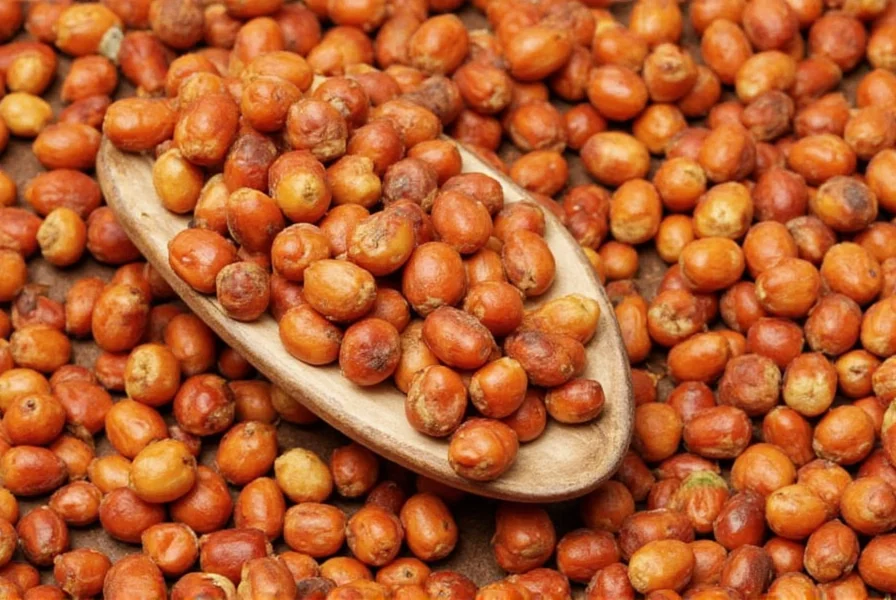
Buying Guide: How to Choose the Best Chipotle Chili
If you’re ready to bring the smoky magic of chipotle into your kitchen, here’s how to choose the best one:
Types of Chipotle Peppers
There are two main types of chipotle peppers:
- Dried Chipotle: These are the traditional form and are commonly found in stores. They have a strong smoky flavor and are ideal for making sauces or rehydrating.
- Chipotle in Adobo Sauce: These are already preserved in the smoky, tangy adobo sauce. They’re convenient for quick recipes and can be used straight out of the can.
When choosing between the two, consider your needs. Dried chipotle gives you more control over the flavor, while chipotle in adobo offers convenience and a ready-to-use option.
What to Look For When Buying
According to Serious Eats, here are some features to look for when purchasing chipotle peppers:
- Appearance: Look for plump, dark red or brown peppers with no signs of mold or discoloration.
- Smell: A good chipotle should have a strong, smoky aroma. If it smells stale or musty, it may be old.
- Texture: Dried chipotle should be brittle but not crumbly. Avoid any that feel damp or sticky.
- Brand Reputation: Choose reputable brands known for quality and consistent flavor.
If you’re buying chipotle in adobo, check the ingredients list. The best ones will have minimal additives and a high-quality adobo base.
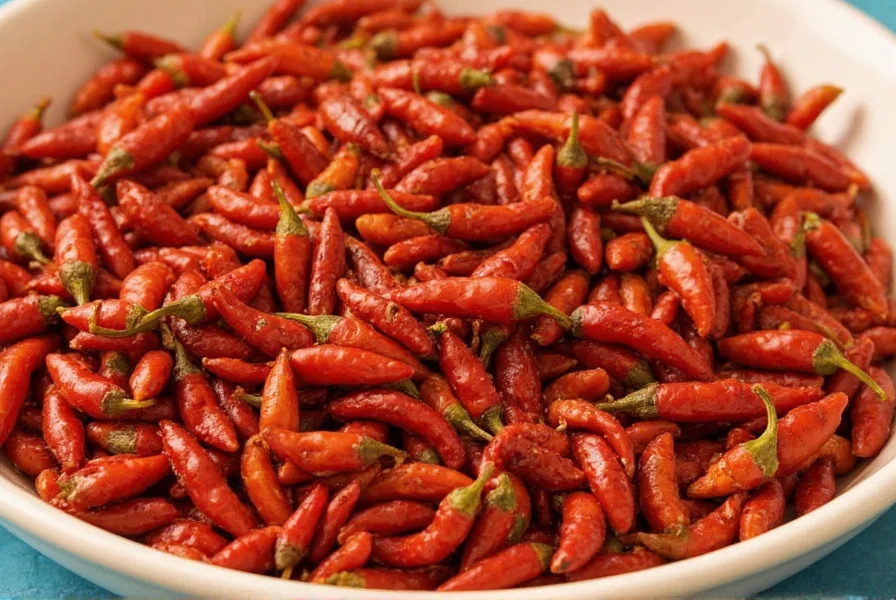
Best Products for Different Needs
Here are some top picks for chipotle peppers based on your culinary goals:
For Home Cooks
- La Costeña Chipotle Peppers in Adobo: A reliable choice for those who want convenience without sacrificing flavor.
- San Jamar Organic Chipotle Peppers in Adobo: Great for those who prefer organic options and a slightly milder flavor.
For Chefs and Enthusiasts
- Los Angeles Chile Company Dried Chipotle Peppers: Ideal for those who want to make their own adobo sauce or experiment with flavor profiles.
- El Yucateco Dried Chipotle Peppers: Known for their rich, smoky taste and quality packaging.
No matter which option you choose, remember that chipotle is all about the smoky depth. Don’t be afraid to experiment with small amounts first to get the right balance.
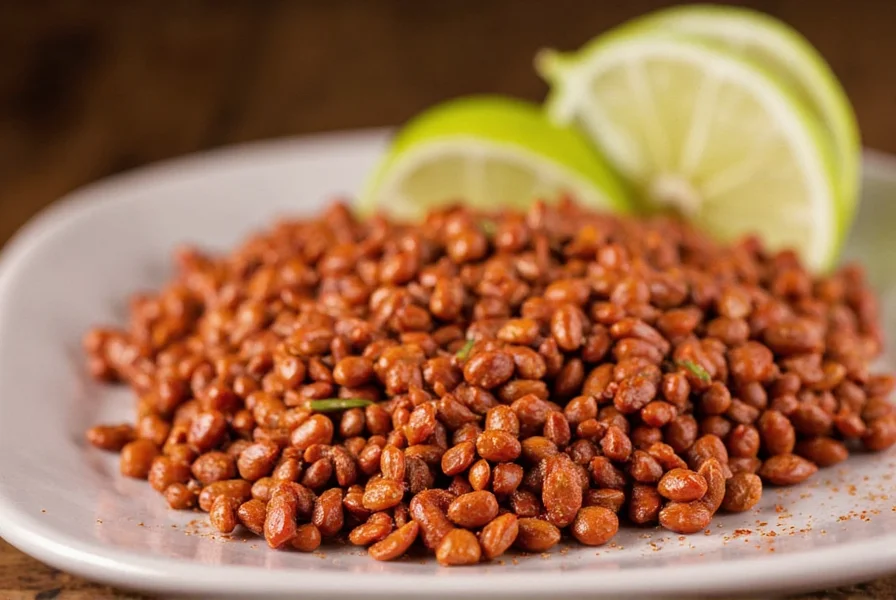
Frequently Asked Questions About Chipotle Chili
Here are some common questions people have about chipotle chilis:
What is the difference between chipotle and jalapeño?
Chipotle peppers are actually smoked and dried jalapeños. According to the USDA Food Database, while fresh jalapeños are green and have a bright, grassy flavor, chipotles are fully ripe red jalapeños that have been smoked and dried, giving them their characteristic smoky flavor and deeper color.
How hot is a chipotle chili compared to other peppers?
Chipotle peppers typically range from 2,500 to 8,000 Scoville Heat Units (SHU), which is the same heat range as fresh jalapeños. According to culinary experts, they’re considered moderately hot—spicier than poblanos or anchos but much milder than ghost peppers or habaneros.
Can I substitute chipotle powder for chipotle in adobo sauce?
Yes, but with some adjustments. As a general rule, 1 teaspoon of chipotle powder equals about 1 chipotle pepper in adobo sauce. Keep in mind that adobo sauce contains additional ingredients like vinegar, garlic, and spices, so you may need to supplement with these elements for the full flavor profile.
How should I store chipotle peppers to keep them fresh?
Dried chipotle peppers should be stored in an airtight container in a cool, dark place where they’ll keep for up to a year. For chipotles in adobo sauce, transfer any unused portion to an airtight container and refrigerate for up to 2 weeks, or freeze for up to 6 months. According to America’s Test Kitchen, proper storage preserves the smoky flavor for longer.
What are some good substitutes for chipotle if I can’t find it?
Good substitutes include:
- Smoked paprika mixed with a touch of cayenne pepper (for dried chipotle)
- Ancho chili powder with liquid smoke (for chipotle powder)
- Guajillo peppers with smoked salt (for milder alternative)
- Chipotle hot sauce (for adobo sauce)
Can chipotle peppers be eaten raw?
No, chipotle peppers are always smoked and dried, so they’re never consumed raw. They need to be rehydrated (soaked in hot water) before using in most recipes, or they can be used directly from the can if they’re in adobo sauce. According to Serious Eats, rehydrating dried chipotles enhances their flavor profile significantly.
Why are some chipotles darker than others?
The darkness of chipotle peppers depends on the smoking process. Longer smoking times create darker, more intensely smoky peppers. The meco variety of chipotle is particularly dark and smoky, while the morita variety is slightly redder and fruitier. According to the USDA Food Database, the smoking duration directly impacts the final color and flavor intensity.
Conclusion: Embrace the Smoky Magic of Chipotle
In summary, a chipotle chili is a smoked, dried jalapeño pepper that delivers a rich, smoky flavor and moderate heat, making it a versatile and flavorful addition to any kitchen. According to culinary experts at America’s Test Kitchen, chipotle is one of the most versatile spices in Mexican cuisine, capable of transforming ordinary meals into extraordinary dishes.
Whether you’re a spice enthusiast looking to expand your collection or a professional chef aiming to elevate your menu, chipotle is a must-have ingredient. With the right tools and techniques, you can unlock its full potential and enjoy the smoky, spicy magic it brings to your kitchen.
So next time you’re shopping for spices, don’t skip the chipotle. It might just become your new favorite ingredient.
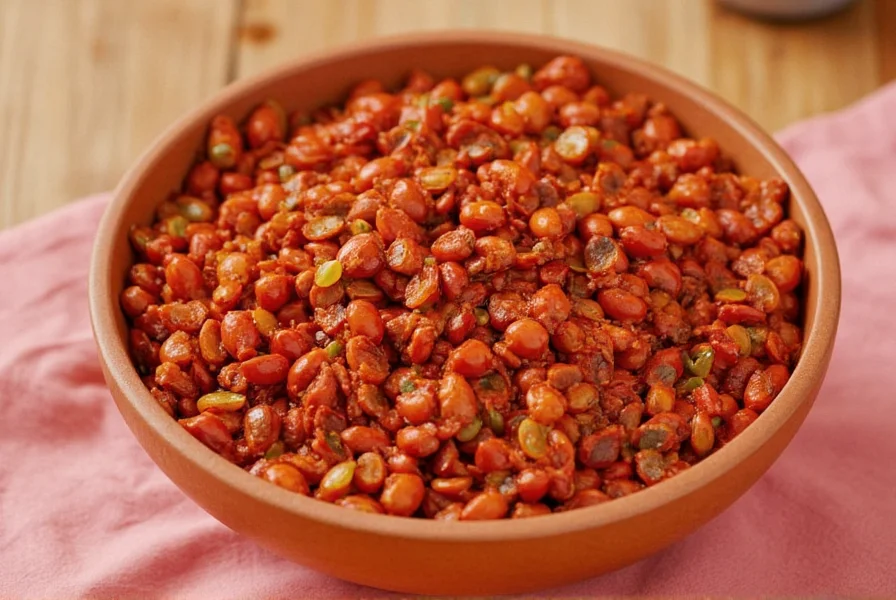
Key Takeaway: A chipotle chili is a smoked, dried jalapeño pepper that delivers a rich, smoky flavor and moderate heat, making it a versatile and flavorful addition to any kitchen.

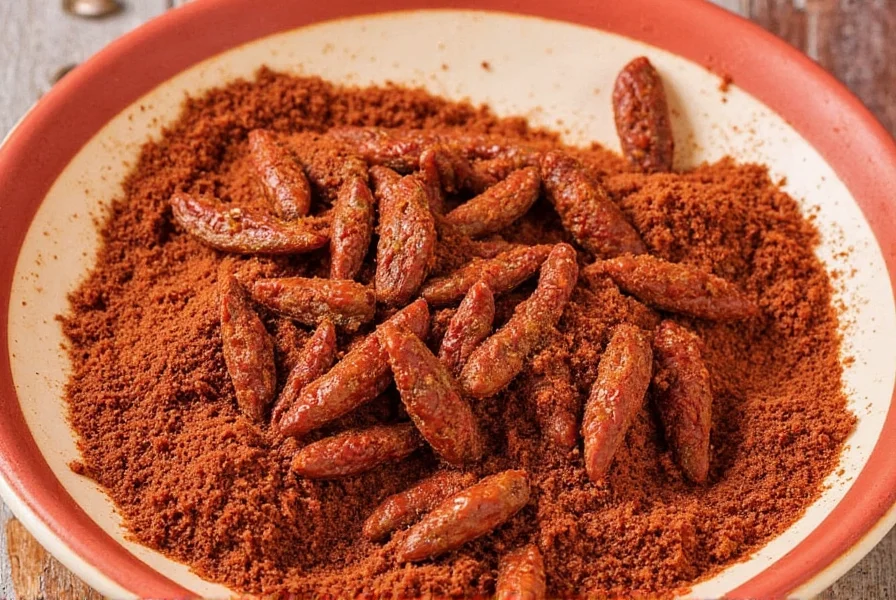









 浙公网安备
33010002000092号
浙公网安备
33010002000092号 浙B2-20120091-4
浙B2-20120091-4